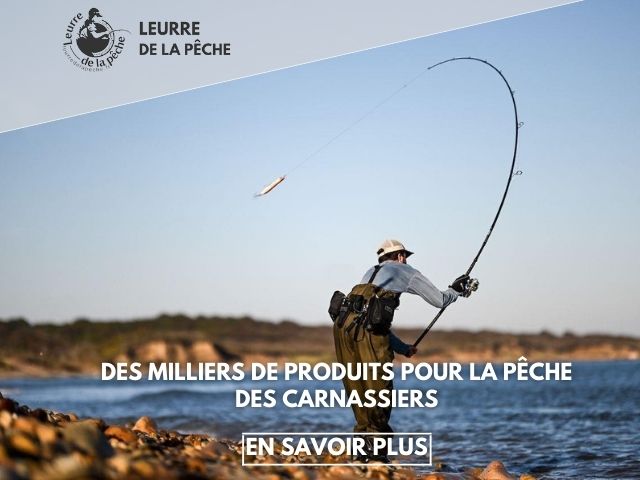Rapala knot: The steps to make a rapala knot
The Rapala knot is a fishing node popular with many lure fishermen. Easy to make, the Rapala knot allows you to connect a lure to its leader while maintaining freedom of movement with the lure as with a staple. Here are pictures and videos of the steps to follow to make a Rapala knot.

Advantages and disadvantages of the Rapala knot
The Rapala knot is firstly a fishing knot very easy to reproduce for lure fishing.
In addition, its property means that the Rapala knot can easily replace a staple or a broken ring. Indeed, the loop formed by the knot allows the lure to freely express its swimming without damaging the line. The Rapala knot is therefore very useful for lures with strong wobbling or rolling such as crankbaits, jerbaits or even stickaits and swimbaits.
On the other hand, after a certain leader diameter, it becomes difficult to perform. Under these conditions, a lighter knot could therefore replace this node. Finally and unlike a staple, changing the lure will require redo the knot, which can lead to a loss of time for the fisherman. We therefore prefer at times the use of a staple for fishing where we regularly change the lure.
How to make a Rapala knot in pictures
- Start by making a loop with your leader, located between 5 to 10 cm from the end of the latter. Then pass the end through the eyelet of your lure

2. Pass the end of your leader through the loop initially formed.

3. Make 4 to 5 turns around the main line

4. Pass the end of the leader through the loop

5. Iron the end of the leader through the loop formed in the upper part of the knot.

6. Moisten the assembly to avoid friction as much as possible. Tighten the knot and cut off the excess thread. Your knot is now ready to fish

How to make a Rapala knot in video
Rapala knot or staple?
For practical reasons, a staple is a good compromise for fishing in conditions requiring you to change your lure very often. However, a staple can easily split open or even break on large fish. Therefore, we advise you to go on this node when you are looking for large fish, such as large ones. black bass, the pike or the catfish.
Like all equipment, do not hesitate to inspect your knot at each catch or addict in order to avoid any potential breakage. Whether it is with a rapala knot or a staple, an accient is so quickly to arrive…. Better to prevent it.
Useful links completing this article:
Palomar knot: the easy and reliable fishing knot
Braid or nylon: Which line to choose for lure fishing?
FG knot: make a perfect FG knot
Casting or spinning: which choice to adopt?
Fishing knot: 5 essential fishing knots to master
Which fishing rod to choose according to the lure used?
